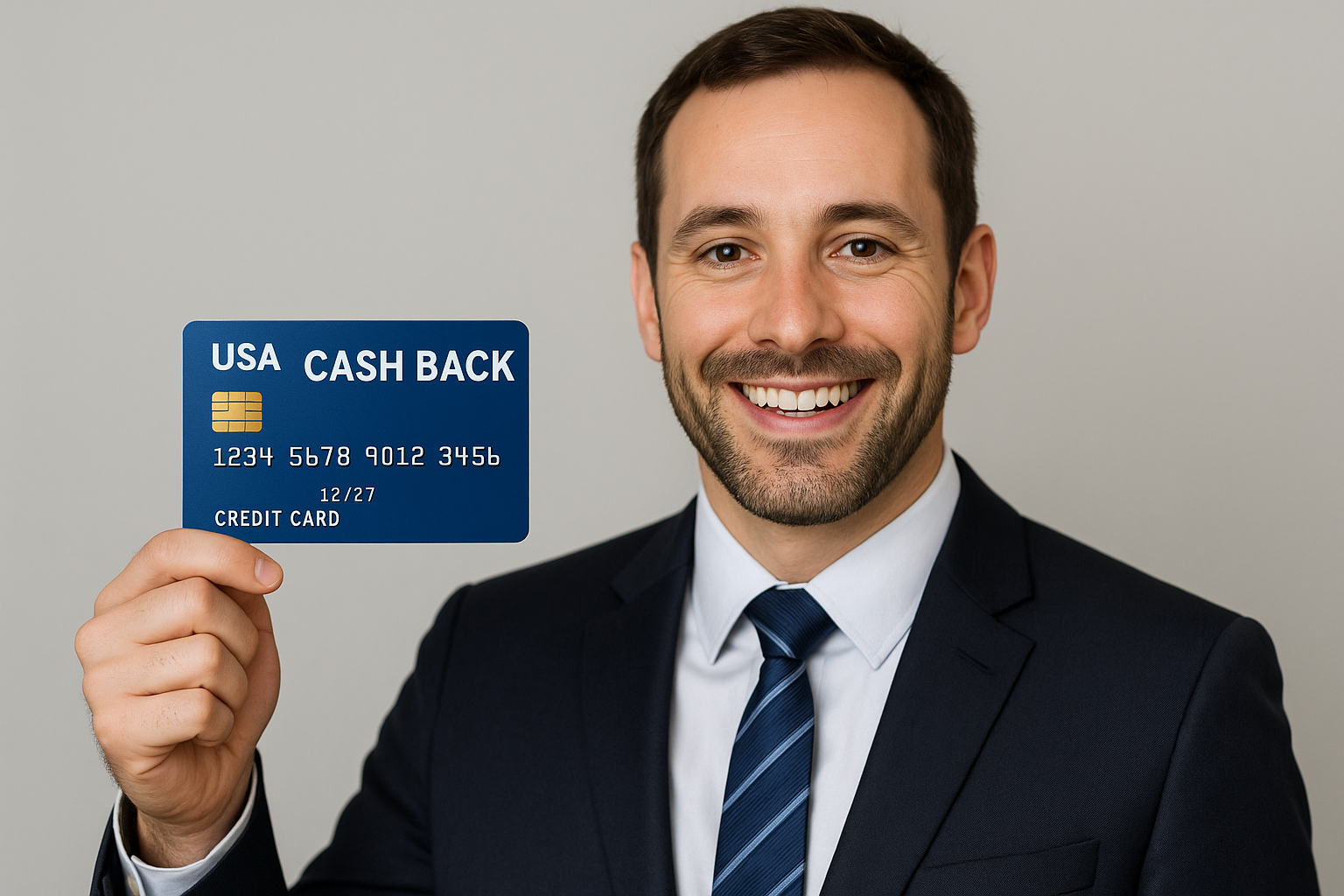Earn rewards on every purchase with the best cashback credit cards 2025. Compare top offers with high returns, no annual fees, and bonus categories to maximize your savings.
Best cash back credit cards 2025
1. Chase Freedom Flex cash back credit card
-
Earning: best cash back credit cards 2025
-
5% cash back on rotating categories (enrollment required; capped at $1,500 per quarter)
-
5% on travel via Chase Travel
-
3% on dining and drugstores
-
1% on everything else
-
-
Rewards & perks: $200 sign‑up bonus after $500 spend in 3 months; no annual fee; strong purchase protections
-
Best for: Those who don’t mind activating categories and want the flexibility to combine rewards with premium Chase cards.
2. Wells Fargo Active cash back credit card
-
Earning: Flat 2% cash back on all purchases
-
Bonus & perks: $200 bonus after spending $500 in the first 3 months; no annual fee; 0% intro APR offer
-
Best for: Simplicity seekers looking for consistent straight‑line rewards without hassle.
3. Citi Double cash back credit card
-
Earning: 1% best cashback credit cards back on purchases and 1% when you pay—total 2% on everything
-
Perks: No annual fee; no rotating categories; straight-forward structure
-
Best for: Those who pay their balance in full every month and want maximum value on everyday spending.
4. Discover it cash back credit card
-
Earning:
-
5% back on rotating categories (activation required; $1,500 limit per quarter)
-
1% on all other spending
-
-
Unique perk: Cashback match—which doubles all 1st-year earnings
-
Best for: New cardholders looking for a strong introductory boost and willing to manage category activations.
5. American Express Blue Cash Preferred
-
Earning:
-
6% back at U.S. supermarkets (up to $6,000/year)
-
6% on select streaming services
-
3% on transit & gas
-
1% on other purchases
-
-
Perks: $250 bonus after $3,000 spend in 6 months; ~$95 annual fee (waived first year)
-
Best for: Heavy grocery shoppers and streaming subscribers who can offset the fee with high rewards.

How to choose:
-
Want easy, flat rewards without thinking? Wells Fargo Active Cash or Citi Double Cash.
-
Up for category tracking for higher returns? Chase Freedom Flex or Discover it.
-
Grocery and streaming heavy? Blue Cash Preferred could yield the most value if you maximize its categories.
Benefits: Best cash back credit card
-
Build your credit score when used responsibly.
-
Earn rewards or cashback.
-
Safer for online and large purchases (often includes fraud protection).
-
Offers emergency funds if you’re short on cash.
Risks: Cash back cards
- If not managed well, you can fall into debt and pay high interest.
- Late payments hurt your credit score and may incur penalties
Tips for maximizing cashback:
-
Always pay your balance in full to avoid interest eroding your rewards
-
Consider combining a category-based card (like Freedom Flex) with a flat-rate card (like Wells Fargo or Citi) to optimize every purchase.
-
Track quarterly rotations for cards like Chase Freedom Flex and Discover it.
Next steps:
-
Reflect on your typical spending patterns—Groceries? Streaming? Travel? Everyday purchases?
-
Pick the card that delivers the highest return for your biggest expense categories.
-
Use a flat‑rate card for all other purchases to ensure no spend is left unrewarded.
If you’d like, I can compare a couple of these cards more closely, help assess your spending categories, or walk you through applying. Just let me know!
Credit Card FAQ
1. What is a credit card?
A credit card is a payment card issued by a bank or financial institution that lets you borrow money up to a certain limit to make purchases or pay bills. Unlike a debit card, which uses your own money, a credit card gives you short-term access to a line of credit, which you must repay later.
2. How is a credit card different from a debit card?
-
Credit Card: Uses borrowed money (from the bank’s credit line).
-
Debit Card: Uses your own money from your bank account.
3. What happens if I don’t pay my credit card bill in full?
If you pay less than the full amount, you’ll be charged interest (APR), and your unpaid balance will carry over to the next month.
4. What is a credit limit?
This is the maximum amount you can spend on your card. For example, if your limit is $5,000, you can’t spend more than that unless the limit increases.
5. Do I need to pay my credit card bill every month?
Yes. You must at least make the minimum payment each month to avoid late fees or damage to your credit score. Paying in full avoids interest charges.
6. Can I withdraw cash from a credit card?
Yes, but it’s called a cash advance. It usually has higher fees and interest, and there’s no grace period, meaning interest starts immediately.
7. What is a credit score, and how does a credit card affect it?
A credit score is a number that shows your creditworthiness. Paying your credit card bills on time and using only part of your limit (low utilization) improves your score.
8. Can I use a credit card internationally?
Yes, most cards work globally (Visa/Mastercard/Amex). But watch out for foreign transaction fees (usually 1–3%).
9. Are credit cards safe to use online?
Yes, if you use trusted websites and monitor your transactions. Credit cards often offer fraud protection and dispute resolution.
10. What is cashback or reward points?
Some cards give you a percentage of your spending back (e.g., 2% cashback), or points that you can redeem for travel, gifts, or discounts.